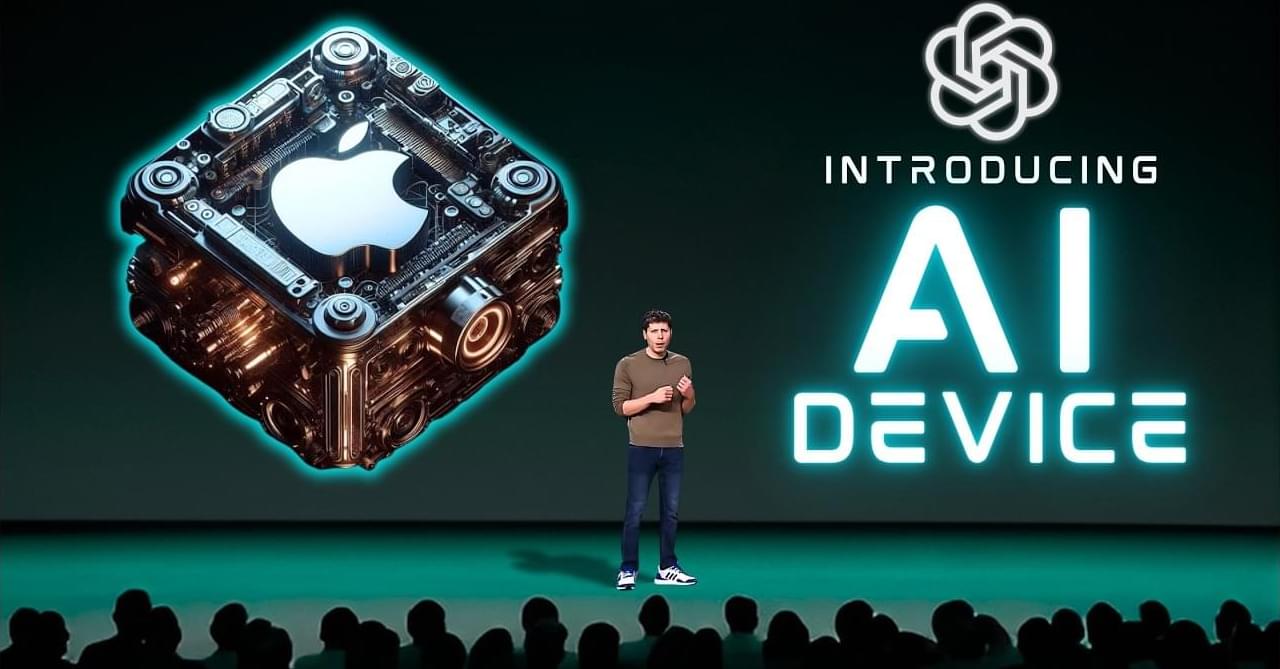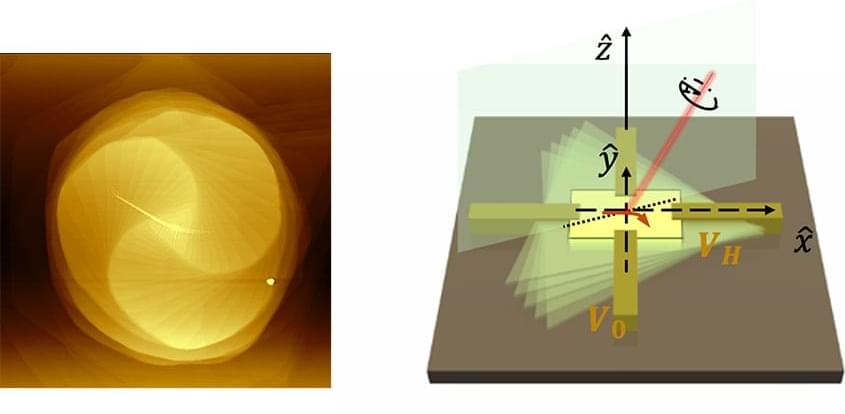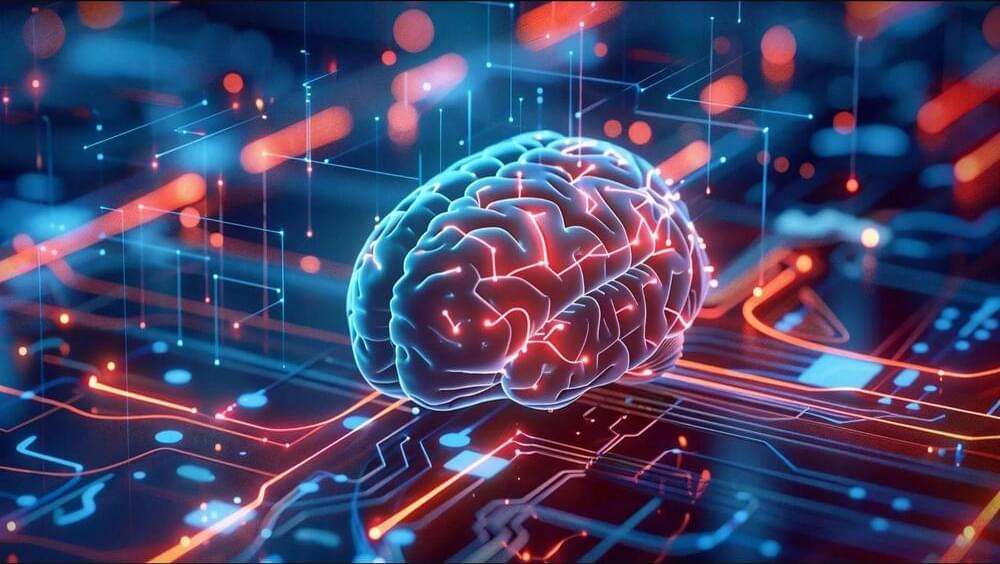Oct 8, 2024
Chip gives edge in quantum computing
Posted by Dan Breeden in categories: computing, quantum physics
China’s efforts to scale up the manufacture of superconducting quantum computers have gathered momentum with the launch of the country’s independently developed third-generation Origin Wukong, said industry experts on Monday.
The latest quantum computer, which is powered by Wukong, a 72-qubit indigenous superconducting quantum chip, has become the most advanced programmable and deliverable superconducting quantum computer currently available in China.
The chip was developed by Origin Quantum, a Hefei, Anhui province-based quantum chip startup. The company has already delivered its first and second generations of superconducting quantum computers to the Chinese market.


















